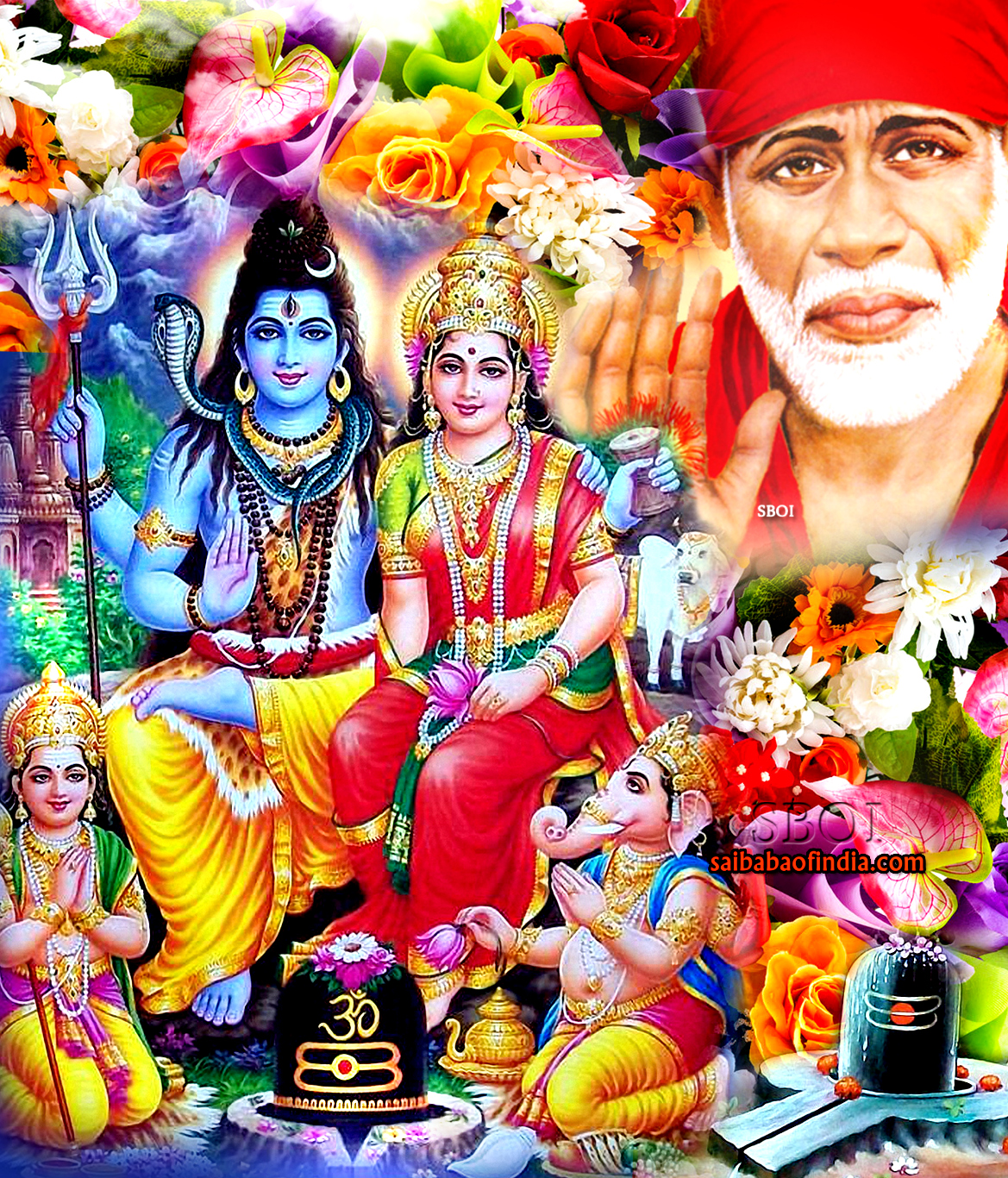
His new cult of Shiva worship later came to be called Lingayatism. He also rejected the spiritual authority of the Vedas. He challenged and rejected Brahman orthodoxy, the caste system and gender discrimination.


One of the most respected philosophers born in this country was Basavanna (1136-96) who was distressed at and critical of the religious scriptures and practices built on and around the Brahmanical traditions. In his time, this was a revolutionary concept.Īlso read: In Lakhnawi Tradition, Communal Harmony in Places of Worship Leaves No Space for Hatred He said that for spiritual pursuit, one only had to be pure at heart and serious it did not matter if one was a monk or householder, a Brahmin or even an outcast. He was one of the greatest philosophers, mystics, writers and visionaries of India. Yet, curiously, he was later revered as a mahasiddha, a siddha of siddhas and a Great Brahmana.Ībhinavgupta (950-1016) was a Shavaite sage and considered an earthly incarnation of the fearsome Bhairava. “If nudity can earn liberation, then dogs and foxes are most eligible,” he preached. His teachings were even considered irreverent and subversive. Sarahapada (100-200 CE) was a maverick mystic philosopher who made fun of monks for their practice of renunciation, questioned Vedic authority and challenged the dominant narratives of his time. Indeed, some of this might sound blasphemous in today’s India. It included not only Hindu, Buddhist, Jain and Sikh ideas but also Christian and Islamic one. Rather, Rao says, Indian thought needed to be understood in plural terms. So much so that one cannot pinpoint and assert any one idea as ‘Indian philosophy’. And some of the best known mystics attempted to bridge the divide between Hinduism and Islam. He was critical of religious orthodoxy and authoritarianism and chided Hindus and Muslims alike.Ĭontrary to what is widely believed, India’s spiritual story is not all about Brahmanical beliefs, debates and disputes about Sanskrit literature, Upanishads and the Gita or even the caste system.Īccording to author Mukunda Rao, the spiritual strivings that were non-Vedic in origin and character outnumbered Vedic forms. But going by his evergreen poems, it appears he had an intimate knowledge and understanding of Hindu thought and mythology too. He was born to or adopted by a Muslim family of weavers and so he was well acquainted with Islam.
PHOTOS SAI BABA SHIRDI UPDATE

*The first mention of Prema Sai by Sathya Sai Baba appears to be in the discourse Shiva Shakthi, 6 July 1963, In a conversation between Shiva, Shakthi, and Bharadwaja after Bharadwaja performed a ritual, Shiva said that The three Avatars carry the triple message of work, worship, and wisdom.

That will be the final wisdom that will enable every man and woman to go to God. Finally, *Prema Sai, the third Avatar, will promote the evangelic news that not only does God reside in everybody, but everybody is God. Thus, all work can become a way of worship. People should respect, love, and help each other irrespective of color or creed. The mission of the present Avatar is to make everybody realize that the same God or divinity resides in everyone. The previous Avatar, Shirdi Baba, laid the base for secular integration and gave mankind the message of duty as work. But they belong to, and derive from, the same divine body (dharma swarup). Their tasks and powers requisite to them differ according to the time, the situation, and the environment. I have already mentioned the complete oneness of the three in the final objective of the mission. Question: Why had this task to be divided into three separate incarnations of the Shirdi, Sathya, and *Prema Baba?īaba: They are not separate. Karanjia, of Blitz new magazine in September 1976. In Spirit and the Mind, by Sam Sandweiss, the author recounts an extended interview given by Sathya Sai Baba to the Senior Editor, Mr.


 0 kommentar(er)
0 kommentar(er)
